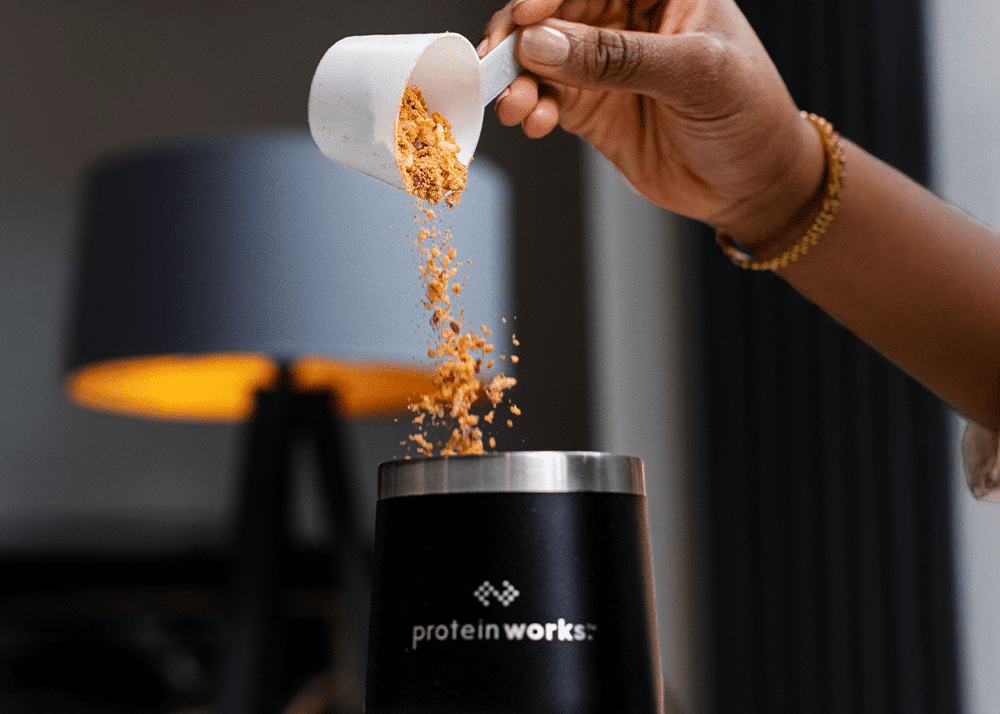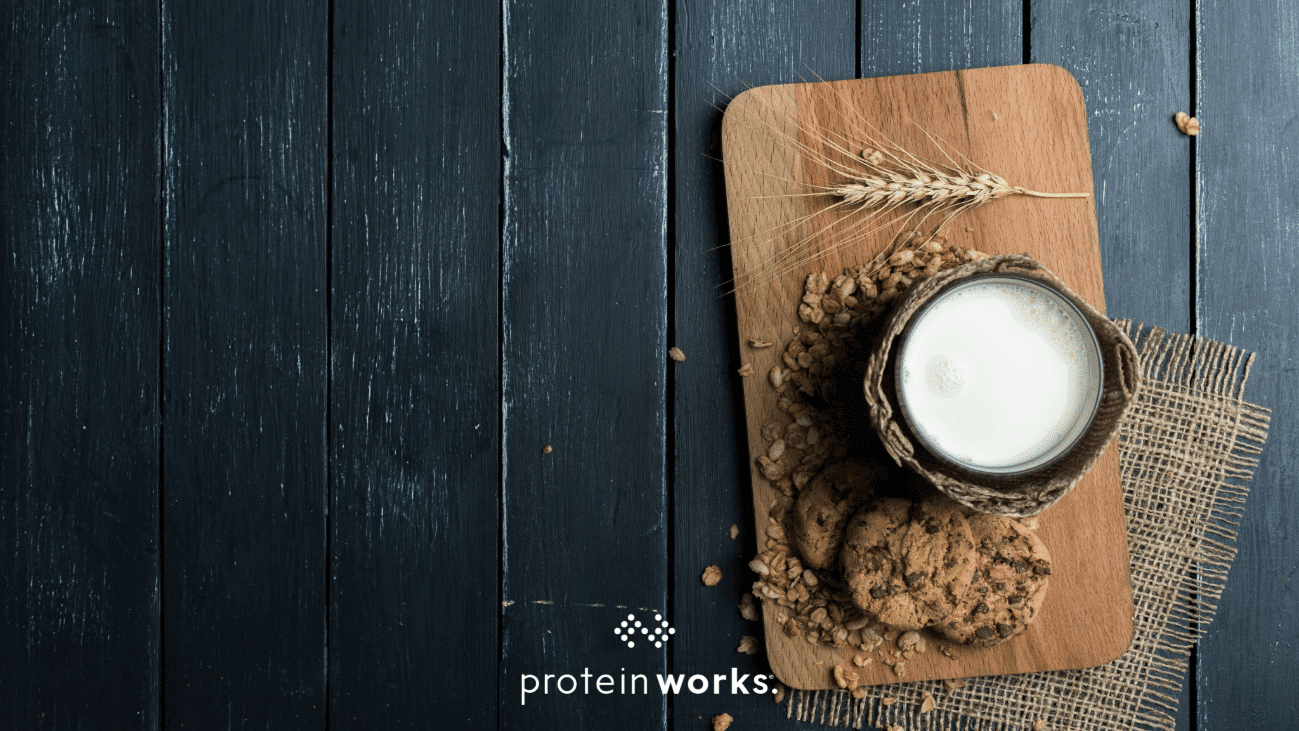
Are Ultra-Processed Foods Really Unhealthy?
Ultra-processed foods (UPFs) have become a hot topic in nutrition, and I would be surprised if you haven’t come across them in the media over the past couple of years. Headlines warn that they are driving the obesity epidemic, fuelling poor mental health, and damaging our gut. While there is solid evidence that a diet high in UPFs can harm our health, it’s important to understand the nuance before we throw all UPFs under the same bus or expect everyone to cut them out entirely. So lets explore the question we’re all asking – are ultra-processed foods really unhealthy?
 What are ultra-processed foods?
What are ultra-processed foods?
UPFs are not just ‘processed’ in the usual sense of cooking or preserving. They are foods made mostly or entirely from substances not commonly used in home cooking, like modified starches, flavour enhancers, colourings, emulsifiers, and preservatives. Think packaged snacks, sugary breakfast cereals, chicken nuggets, and fizzy drinks. They are often engineered to be hyper-palatable and convenient.
The NOVA classification system, used in research, defines UPFs as “formulations mostly of cheap industrial sources of dietary energy and nutrients plus additives, using a series of industrial processes.” But this classification has its critics, and there is growing recognition among health professionals that not all UPFs are created equal. Many may be far more harmful than others, while some can play a functional role in a healthy diet.
What does the research say about UPFs and health?
The evidence linking UPFs to poor health outcomes is continuing to grow at a fast rate. A 2020 systematic review linked high consumption of UPFs with increased risks of obesity, high blood pressure, type 2 diabetes, cancer, cardiovascular disease, and even all-cause mortality1.
Similarly, a narrative review published in the journal Nutrients concluded that the rise in UPF consumption is a key factor in the global increase in diet-related chronic diseases2. A further meta-analysis looked at nationally representative samples and confirmed that diets high in UPFs tend to be lower in essential nutrients and higher in free sugars, saturated fat, and sodium3.
The bottom line is simple. The more UPFs in the diet, the poorer the nutritional quality and the higher the health risk.
Are all UPFs created equal?
This is where the nuance really matters. Some UPFs, like sugary fizzy drinks and snacks, are clearly not doing us any favours. But what about wholegrain bread or plant-based milks fortified with vitamins and minerals or baked beans, which provide a good source of protein and, for some people, one of the few sources of fibre in their diet (half a can offers around a third of your daily fibre needs)?
There is an ongoing debate around so-called ‘healthy UPFs.’ While these foods are technically ultra-processed, they can still offer valuable nutrition, particularly for those with limited time, cooking skills, or food budgets. Critics argue this ‘grey area’ allows the food industry to justify UPFs, but the reality is more complex. Many of these products don’t fit the typical UPF mould because they are not hyper-palatable, often containing a good source of fibre, protein and other key nutrients while only having one or two additives like barley malt extract in Weetabix or spice extracts in baked beans that are unlikely to pose any health risk.
The real danger is when people feel they need to eliminate these foods entirely without replacing them with equally nutritious alternatives, potentially reducing their overall nutrient intake. That’s why it’s important to distinguish between UPFs that displace whole foods and those that help people meet their nutritional needs.
Should we be worried about additives and emulsifiers?
Another concern around UPFs is the number of additives they contain, often used to improve texture, flavour, or shelf life. Some of these additives are essential for food safety or stability, and it’s not always a case of “if you don’t recognise the name, it must be harmful.” Tinned red kidney beans, often contain calcium chloride to stop them falling apart, while tinned tomatoes contain citric acid to protect against bacteria, moulds, and yeasts. A lack of understanding about these types of additives, many of which are harmless, can lead people to avoid otherwise very healthy, affordable staples.
That said, emerging research does point to potential concerns with certain emulsifiers. A 2021 randomised controlled feeding study found that carboxymethylcellulose, a common emulsifier, disrupted the gut microbiota and increased markers of inflammation in healthy adults4. The impact may be even more significant in people with inflammatory bowel disease (IBD) as the 2025 ADDapt trial showed that restricting emulsifiers significantly improved symptoms in patients with active Crohn’s disease5.
These studies suggest that emulsifiers like polysorbate 80 and carboxymethylcellulose could negatively affect gut health, especially in vulnerable individuals. But it’s worth noting that human research is still limited. While not all additives are harmful, this area of science gives us one more reason to pay attention to how many UPFs we’re including in our diets.
Do we need to cut out UPFs completely?
It’s unrealistic and arguably unnecessary for most people to eliminate UPFs entirely. Yes, consuming foods in their most natural state and cooking from scratch is the gold standard for health. But life isn’t always that simple.
Many people rely on some UPFs for convenience, affordability, and time. Others enjoy the taste and don’t want to give them up completely. Demonising these foods or shaming people who eat them isn’t helpful. Instead, we need to shift the focus from all-or-nothing thinking to a more balanced approach.
What about the 80/20 rule?
The 80/20 rule is a helpful way to think about UPFs. Aim for 80% of your diet to come from whole or minimally processed foods like vegetables, fruits, whole grains, pulses, lean proteins, and healthy fats. The remaining 20% can be more flexible. This mindset supports a sustainable, guilt-free approach to eating which also reflects the reality of modern life, where time, energy, money, and skills all affect our food choices.
Making healthier choices more accessible
Cutting down on UPFs will bring health benefits, especially if you start by identifying your ‘weak spots’ such as that mid-afternoon vending machine snack, or the nightly takeaway.
Here are some simple ways to create a healthier environment at home:
- Batch cook meals that can be frozen and reheated when you are short on time.
- Stock your kitchen with quick, healthy basics like tinned beans, frozen fruit and vegetables, and whole grains.
- Make your own versions of UPF staples, like homemade baked beans or granola.
If you do use UPFs then check the labels for those with fewer additives, less sugar, saturated fat and salt.
While diets high in UPFs are linked to poor health, the answer isn’t to demonise them or aim for perfection. Understanding what UPFs are and how to cut down on them, without guilt, is the key. Cooking more, choosing better options inside and outside of the home when we can, and keeping things realistic will go a lot further than fear-based messaging. Understanding nutrition labels and learning what ingredients are will help you make the best choices for you.
They’re part of modern life, but with balance, we can still eat well and protect our health.
References
- Chen, X., Zhang, Z., Yang, H. et al.Consumption of ultra-processed foods and health outcomes: a systematic review of epidemiological studies. Nutr J 19, 86 (2020). https://doi.org/10.1186/s12937-020-00604-1
- Elizabeth, L., Machado, P., Zinöcker, M., Baker, P., & Lawrence, M. (2020). Ultra-Processed Foods and Health Outcomes: A Narrative Review. Nutrients, 12(7), 1955. https://doi.org/10.3390/nu12071955
- Martini, D., Godos, J., Bonaccio, M., Vitaglione, P., & Grosso, G. (2021). Ultra-Processed Foods and Nutritional Dietary Profile: A Meta-Analysis of Nationally Representative Samples. Nutrients, 13(10), 3390. https://doi.org/10.3390/nu13103390
- Chassaing, B., Compher, C., Bonhomme, B., Liu, Q., Tian, Y., Walters, W., Nessel, L., Delaroque, C., Hao, F., Gershuni, V., Chau, L., Ni, J., Bewtra, M., Albenberg, L., Bretin, A., McKeever, L., Ley, R. E., Patterson, A. D., Wu, G. D., Gewirtz, A. T., … Lewis, J. D. (2022). Randomized Controlled-Feeding Study of Dietary Emulsifier Carboxymethylcellulose Reveals Detrimental Impacts on the Gut Microbiota and Metabolome. Gastroenterology, 162(3), 743–756. https://doi.org/10.1053/j.gastro.2021.11.006
- A Bancil, M Rossi, A Sandall, S Cox, K Dalrymple, C Kelaiditis, A Buckley, S Burke, Y Xu, L Smith, E Pena, F Harrison, A Hart, P Irving, B Chassaing, J Lindsay, K Whelan, DOP097 Emulsifier restriction is an effective therapy for active Crohn’s disease: the ADDapt trial – a multi-centre, randomised, double-blind, placebo-controlled, re-supplementation trial in 154 patients, Journal of Crohn’s and Colitis, Volume 19, Issue Supplement_1, January 2025, Page i262, https://doi.org/10.1093/ecco-jcc/jjae190.0136




